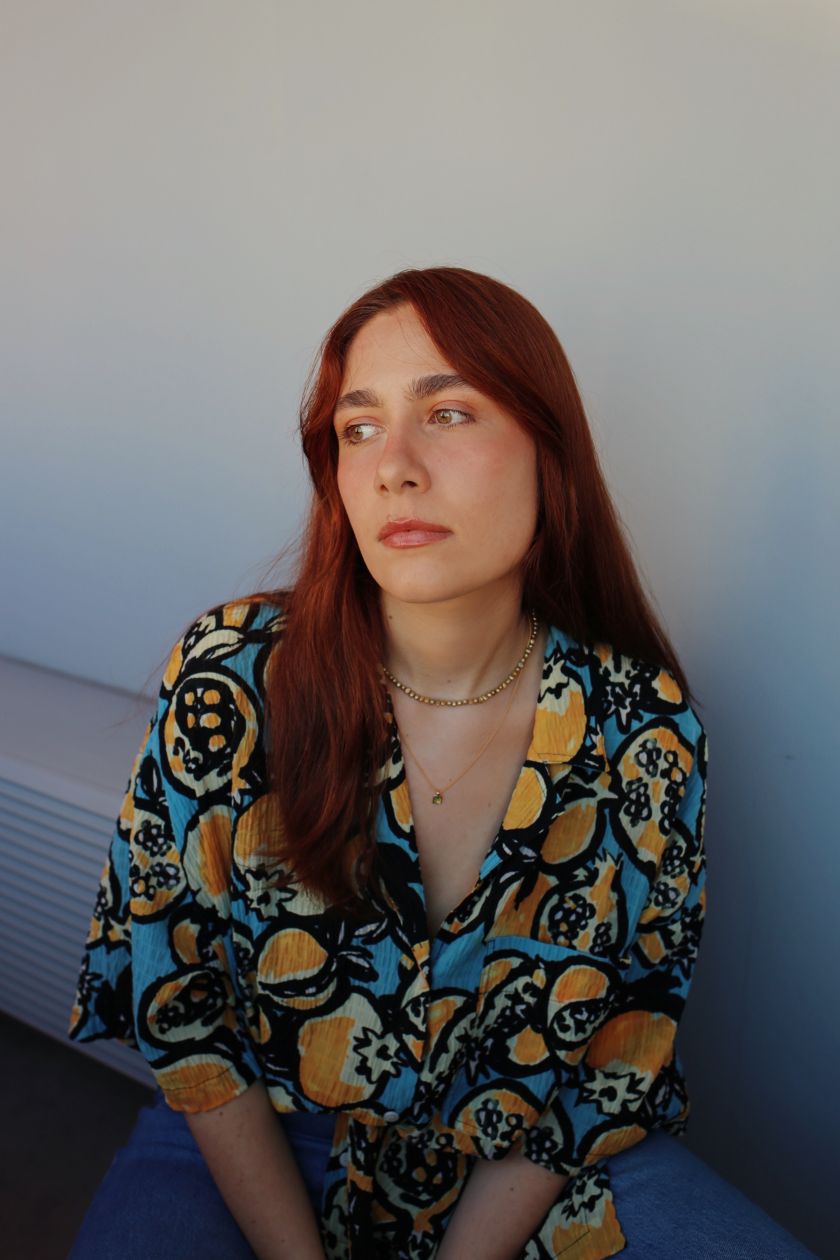
Credit: Pablo Rubín
As Senior Designer for the New York Times Magazine, ‘s working days are never once the same. Every week, she designs for different themes within each issue, creating meaningful visual elements for dozens of features in various writing styles and tones. We caught up with her to learn more about her path into editorial design and what it’s like working for one of the most respected titles in the United States.
If Rubin had to sum herself up as a designer, she’d say she’s most interested in conceptualising through typography and colour. Looking at her body of work, it’s clear that she’s thriving in that space – has over nine million subscribers, and Rubin’s designs – heavy on type and colour – are the glue that holds each issue together.
But what drew her to editorial design in the first place, where does she turn for inspiration, and how does being a Pisces inform her work? To learn more about her story, we sat down with Claudia to discuss her creative roots, her biggest influences, some of her proudest moments, and more.
Can you share a little about your career journey leading up to your current role at the New York Times Magazine?
The magazine is my first job out of school, and it’s a place where I’ve grown immensely. Before getting here, I interned at an ad agency called JWT and at RoAndCo, a creative studio focusing on branding. JWT really taught me how to think conceptually, and RoAndCo taught me about thoughtful, detailed design. Both experiences were super different but very, very useful to my journey. I learned things at both places that I apply to my work to this day.
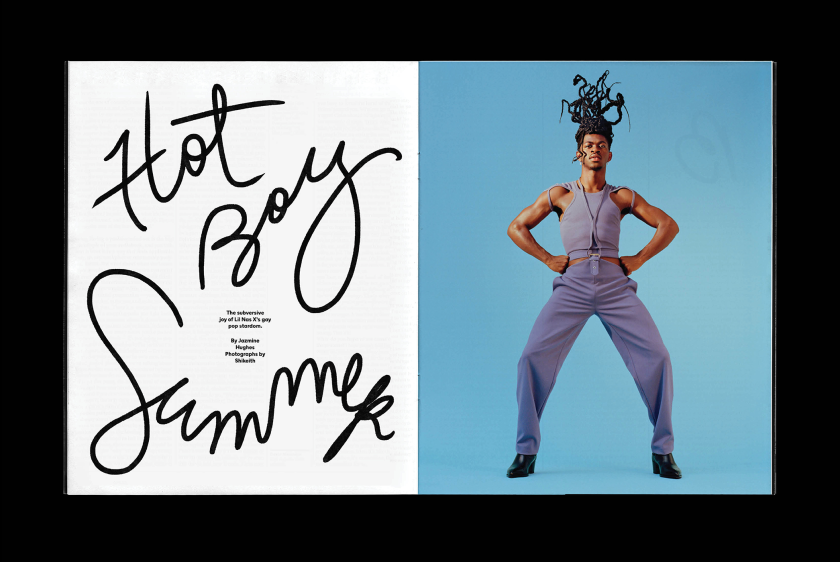
Credit: Claudia Rubin / NYT Magazine
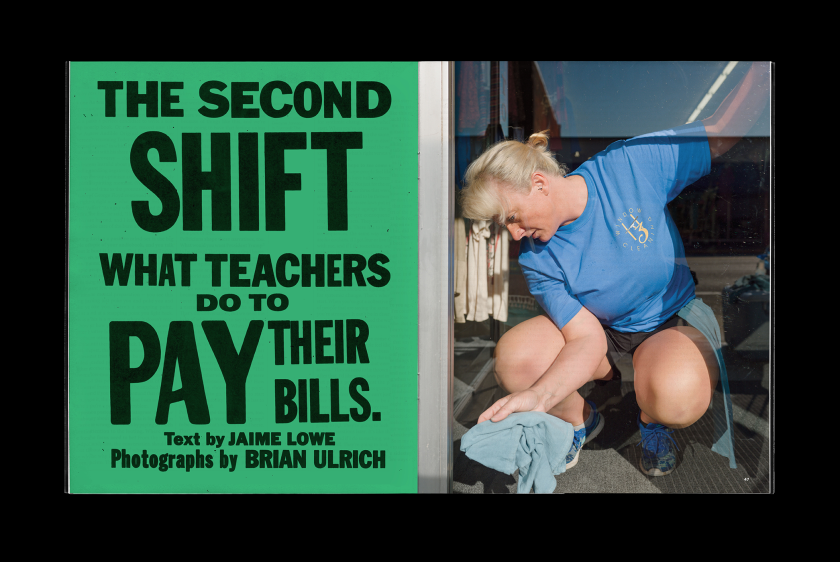
Credit: Claudia Rubin / NYT Magazine
When and why did you shift your career ambitions from advertising to editorial design?
To me, the storytelling aspect of traditional advertising, at least, was very exciting. However, when I put it to practice in school and internships, I realised that I wanted to use storytelling to tell stories about new and existing topics, people and ideas – as opposed to using it to sell a brand or product… and so I fell in love with editorial design.
It’s not black and white for me, though. I still love branding and art direction. Something I still find pretty cool about advertising is the art direction of a moving image. That’s something I would love to explore in the future. Maybe in music, short films, etc. I love the idea of getting to work with photographers, stylists, directors and artists. One of the parts I love most about my job now is designing next to incredible photography. I drool sometimes. Very ‘pinch me’.
What has been the most significant influence on your work?
I find myself looking at many references from the past when concepting design directions, especially when it comes to special issues of the magazine, where I get to sort of redesign an entire issue according to the topic.
An example is the 2019 Education Issue, where the theme was ‘Teachers under pressure’, and I was inspired by old protest posters. Another is the 2021 Great Performers Issue, which focused on the top film acts of the year. I was inspired by old-school movie titles and the movement of a film strip. I always like to modernise whatever my inspiration may be through colour and contrasting typography.
I’m a very nostalgic person. I think it comes from being a Pisces. It’s like I need people to connect to what they see on an emotional level. Aside from this, I honestly can get inspired by anything and everything. I’m always observing things around me. For example, for the 2020 Future of Work issue, I got inspired by my inbox.
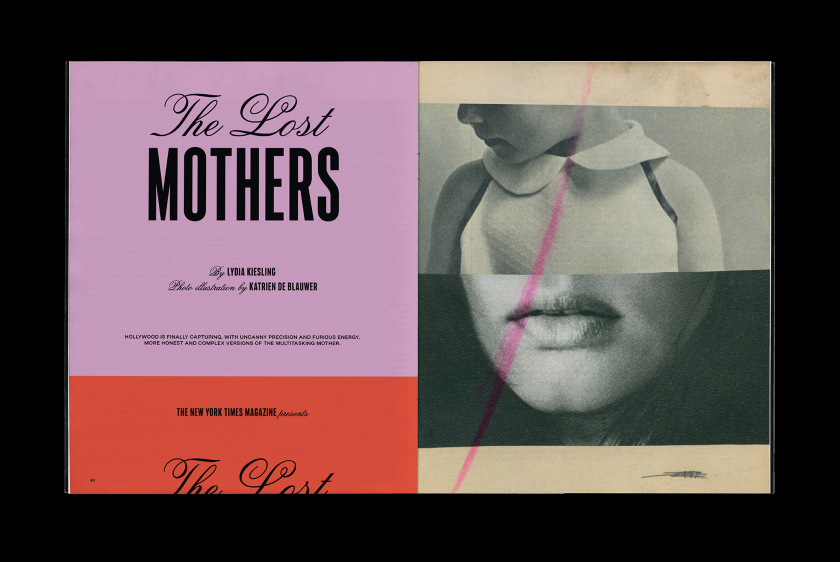
Credit: Claudia Rubin / NYT Magazine
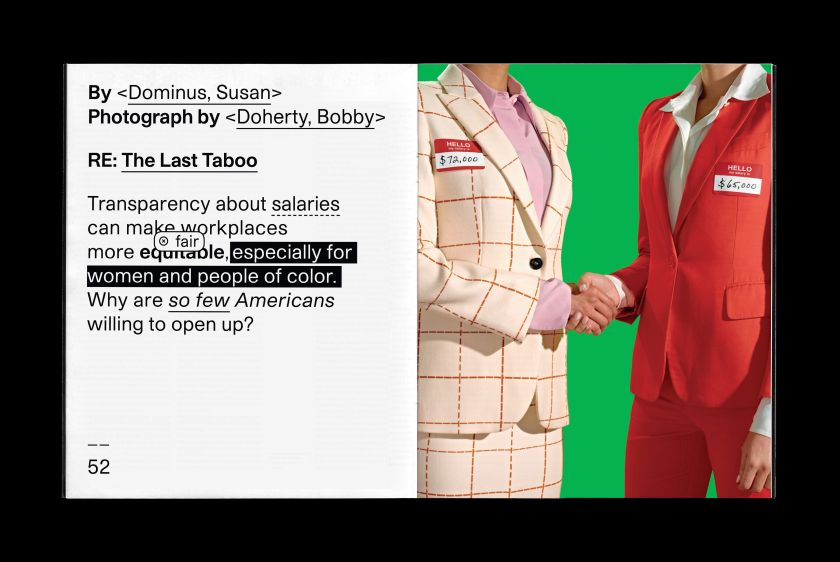
Credit: Claudia Rubin / NYT Magazine
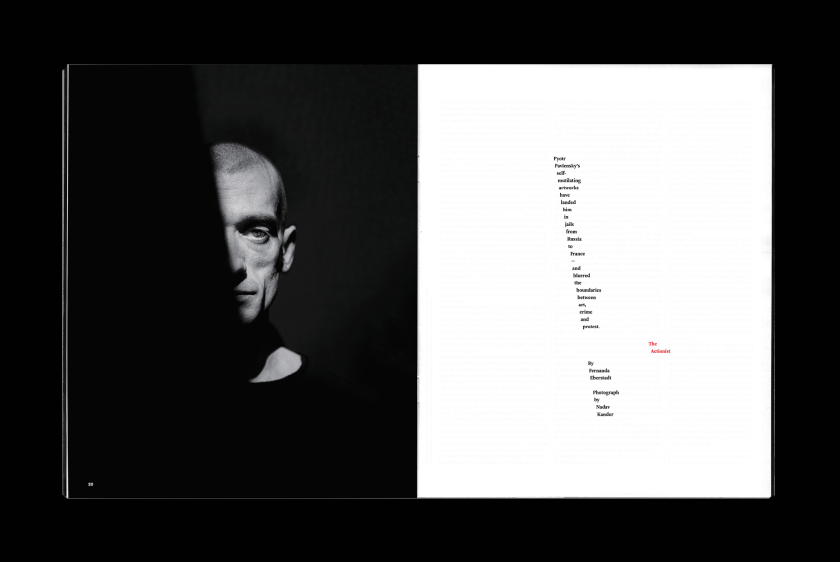
Credit: Claudia Rubin / NYT Magazine
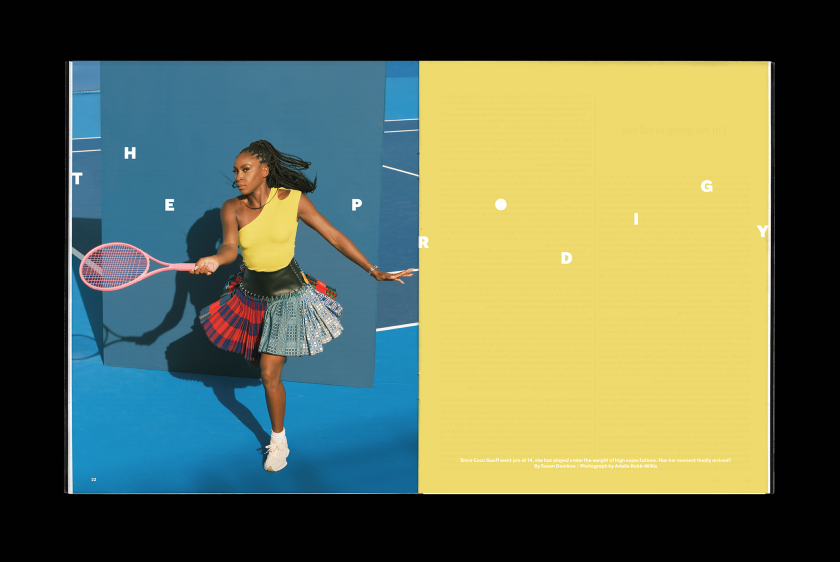
Credit: Claudia Rubin / NYT Magazine
You were raised in a creative home by parents who worked in advertising and photography. Do you think your parents’ approach to creativity has informed your process, and how?
Absolutely. I respect them so much. They’ve always pushed and supported each other, and they’re both so curious. They pushed me in a very healthy way. I don’t think they’re people who’ve ever strived for perfection or forced that on me either – they’ve always told me to enjoy the process and try to find ways of connecting with people through my work. I try to look at life that way too. When you lose sight of that, work just becomes work – which, even in a creative field, can be tedious and exhausting.
I love connecting with others and exchanging perspectives. It was always instilled in me to be open to criticism and different opinions – it only enriches the process and the work itself.
How do you balance speaking to the NYT Magazine’s editorial style while remaining flexible and open to unique ways of showcasing the varied stories in the magazine every week?
The coolest thing about the NYT Magazine is that we get to completely adapt, design-wise, to whatever the story is that week.
A major element that helps maintain the magazine’s voice is that we have our own typefaces created in collaboration with A2-Type Foundry. Every design we make, every single week, uses those typefaces. (The only time we really use other typefaces is for the special issues, which are themed front to back, so it’s treated like a redesign in a way.)
That said, we get to use [our typefaces] in whatever ways we choose – we can scan them, draw over them, expand them, contract them, etc. This allows us to really have unlimited options and ideas and create something new and unique each time.
The team all have super different styles when it comes to bringing stories to life, which is pretty amazing to see. Our personal voices do show up in some capacity.
I love connecting with others and exchanging perspectives. It was always instilled in me to be open to criticism and different opinions – it only enriches the process and the work itself.
Can you share your favourite thing you’ve worked on in the past year, and tell us what makes it special to you?
I worked on the Voyages Issue of the magazine [in 2022], which focused on animals.
The issue was all photographic, spearheaded by one of our photo editors, Amy Kellner. We sent out a handful of photographers from all around the world to photograph everything from birds and horses to monkeys and snow leopards.
It was special to work on because it was a purely joyous issue. We cover so many intense things happening in the world all the time that working on it really felt like a nice pause. I hope readers felt the same when reading or viewing it!
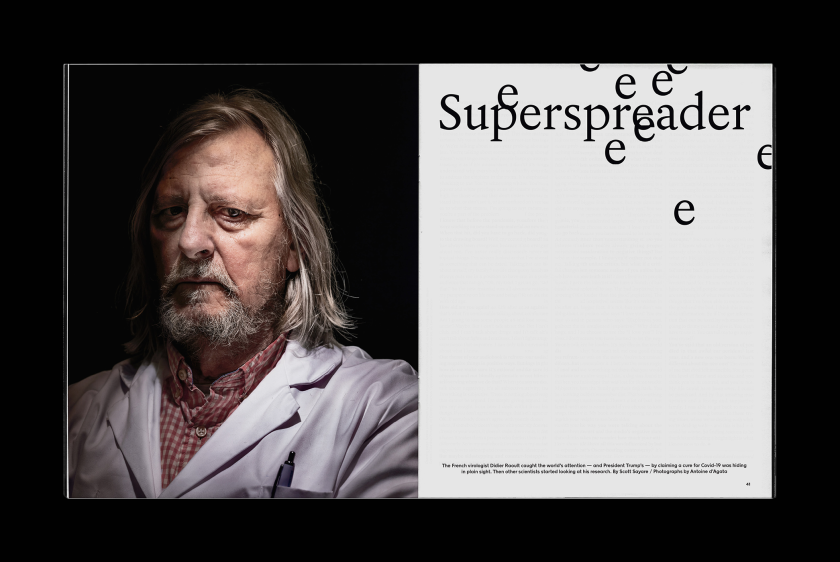
Credit: Claudia Rubin / NYT Magazine
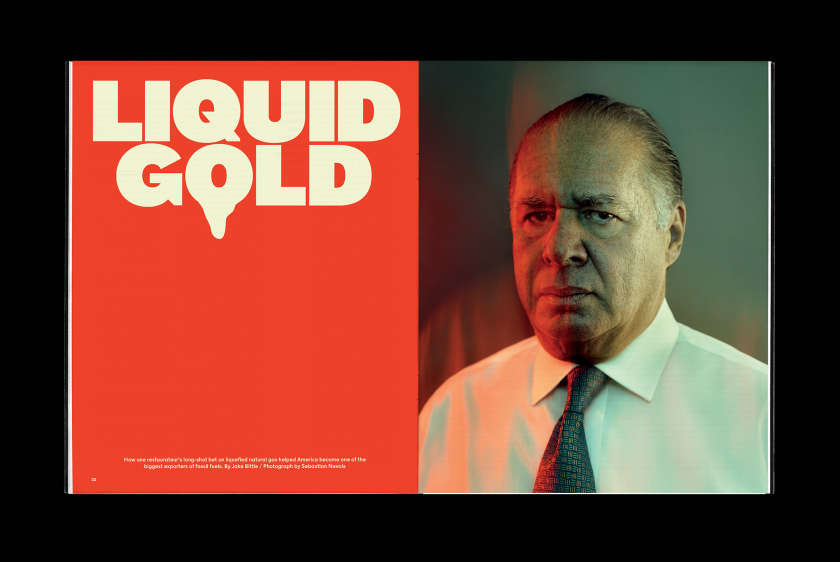
Credit: Claudia Rubin / NYT Magazine
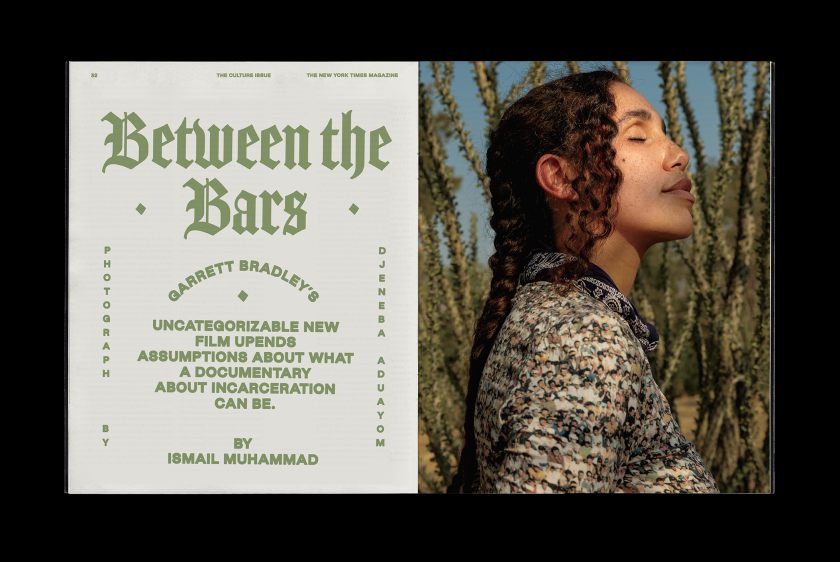
Credit: Claudia Rubin / NYT Magazine
Any advice for creatives looking to step into the editorial field?
It’s an incredibly fun and rewarding field, and it’s also a fundamentally collaborative one.
Be confident in your work and how you talk about your work. How you sell your work is important – even if only in-house to your editors, ADs and CDs (which is most common in the editorial field).
Confidence includes being open to other points of view and not disregarding or hiding behind them. Sometimes I get stuck at 90%, and someone else will get me to that 100%. I think it’s pretty exciting that someone else connects with your vision and helps you get there. You can never stop growing. I say this from personal experience: impostor syndrome, at the end of the day, is a waste of time and energy. Even if you have a long way to go, growth and career-wise, it’s a waste of time. Push yourself to trust yourself! (I’m still working on this myself.)
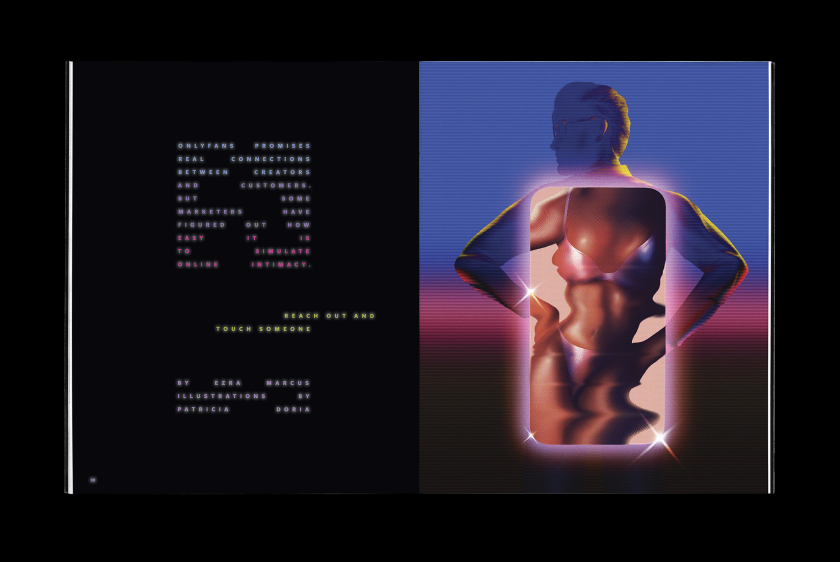
Credit: Claudia Rubin / NYT Magazine